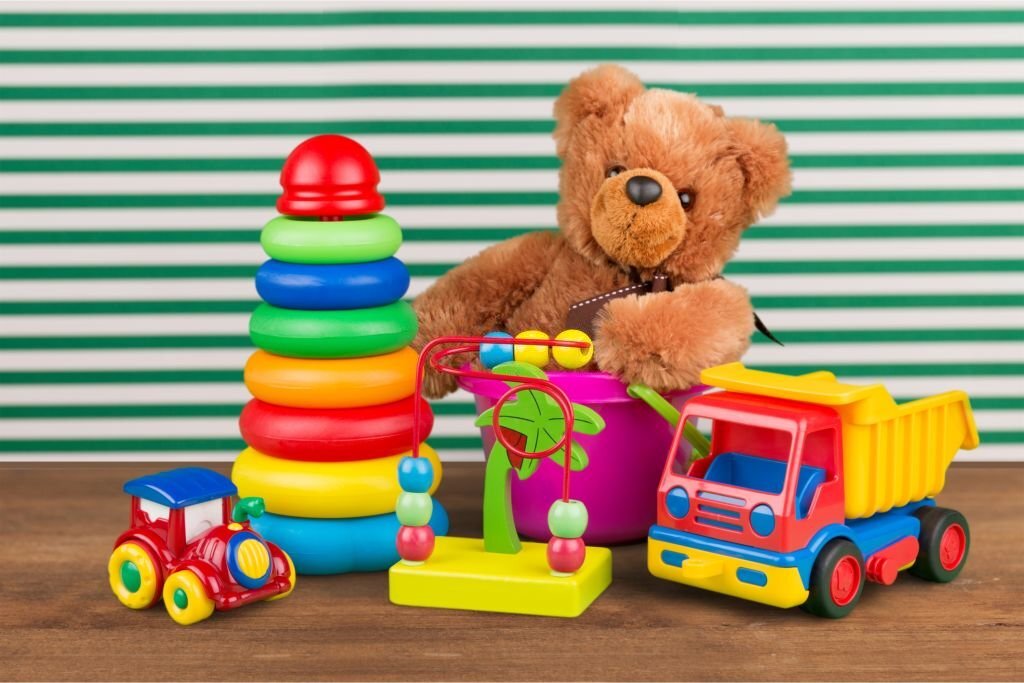In regards to selecting toys for children, there's more to think about than meets the eye. The right toy can engage a child's imagination, promote learning, and provide endless hours of entertainment Affordable children's items. However, having an overwhelming variety of choices in the marketplace, finding the perfect toy could be a daunting task. To help you navigate the world of kids' toys and make the very best choices, here's an extensive guide with methods for choosing the best.

1. Age-Appropriate Toys
One of the very critical factors to think about when buying kids' toys is the child's age. Toys are typically labeled with age recommendations, and it's essential to follow along with them. These guidelines are made to ensure the safety and suitability of the toy for a child's developmental stage. Toys which can be too advanced may pose a safety hazard, while those who are too simple mightn't be engaging enough.
2. Educational Value
Try to find toys offering educational value. Toys that stimulate a child's cognitive, motor, and social skills can be both fun and beneficial. Foundations, puzzles, art supplies, and science kits are great options for promoting learning while playing.
3. Safety First
Safety should continually be a top priority whenever choosing toys. Check for safety labels and certifications on the packaging. Avoid toys with small parts that is actually a choking hazard for younger children. Also, be aware about toys with sharp edges or materials that could be harmful.
4. Durability and Quality
Purchasing well-made, durable toys can save you money in the long run. Quality toys have a tendency to go longer and withstand the wear and tear of active play. Try to find brands with a reputation for producing high-quality, safe products.
5. Consider Interests and Hobbies
Take the child's interests and hobbies into account. Whether or not they love animals, cars, sports, or art, there are toys available that cater for their passions. Choosing toys that align with a child's interests could make playtime more enjoyable and meaningful.
6. Creativity and Imagination
Toys that encourage creativity and imaginative play are invaluable. Dolls, action figures, dress-up costumes, and open-ended toys like playdough or building sets might help children explore their creativity and storytelling abilities.
7. Social Interaction
Social interaction is an important part of child development. Consider toys that may be shared with friends or siblings. Board games, team sports equipment, and cooperative playsets can foster social skills and teamwork.
8. Size and Storage
Think about the practicality of the toy's size and storage. Large, bulky toys may be challenging to accommodate in a tiny living space, so it's worth taking into consideration the available storage options.
9. Reading Reviews and Recommendations
Before creating a purchase, read reviews and seek recommendations from parents, caregivers, and online communities. Hearing about others' experiences with a specific toy can offer valuable insights.
10. Follow Your Instincts
Ultimately, trust your instincts and understanding of the child's personality and preferences. While guidelines are useful, your individual knowledge of the kid will guide you to make the very best choices.
In conclusion, selecting the right toy for a kid involves thoughtful consideration of age, safety, educational value, quality, interests, and more. The right toy can foster a child's development, provide hours of enjoyment, and create cherished memories. By following these tips and doing your research, you are able to make sure that the toys you decide on are not only entertaining but additionally enriching for the child's growth and development.

No comments:
Post a Comment